Everything You Need to Know About Growing Hydrangeas
A guide to growing hydrangeas, including different types of hydrangeas, what zones they grow well in, and how to plant and care for hydrangeas.
Hydrangeas are a much-loved flowering plant grown in many parts of the world. They produce large, beautiful blooms and have a very distinct charm about them.
People have been growing hydrangeas for generations thanks to their easy-going nature, long-lasting blooms, and versatility in the garden. Today, many people continue to grow hydrangeas out of a sense of nostalgia. Do you have any fond memories of playing amongst the hydrangea bushes in your parents’ or grandparents’ garden? Or of having fresh cut hydrangeas adorning your summer table?
I adore growing hydrangeas, and many of the photos you’ll see here are from my own yard. The versatility of colors and types is incredible, and they are all so beautiful in their own ways.
For those who are new to growing hydrangeas, or for those looking for more information about them, I am sharing everything you need to know about growing hydrangeas. From types of hydrangeas and the best climate for growing hydrangeas, to planting and caring for hydrangeas, you’ll find answers to all of your questions here.
Types of Hydrangeas
According to plantaddicts.com, there are over 75 species of hydrangea. Don’t worry, this guide is not going to cover all of them!
For the purpose of this post, I will share some information about the 5 main types of hydrangeas that are common to North America.
Most types of hydrangeas can be distinguished by the characteristics of their blooms, leaves, and stems.
1. Bigleaf Hydrangeas
Bigleaf hydrangeas are the most common type found in the United States. There are three subtypes: mophead, lacecap and mountain hydrangeas.
Mophead Hydrangeas

On my blog WM Design House, I may sometimes use affiliate links, which means a small commission is earned if you make a purchase via the link. The price will be the same whether you use the affiliate link or go directly to the vendor’s website using a non-affiliate link.
The most popular and recognizable variety, mopheads have large blooms in blue, purple, and pink. The leaves are slightly heart shaped with coarsely toothed edges and are often thick and shiny.
Lacecap Hydrangeas
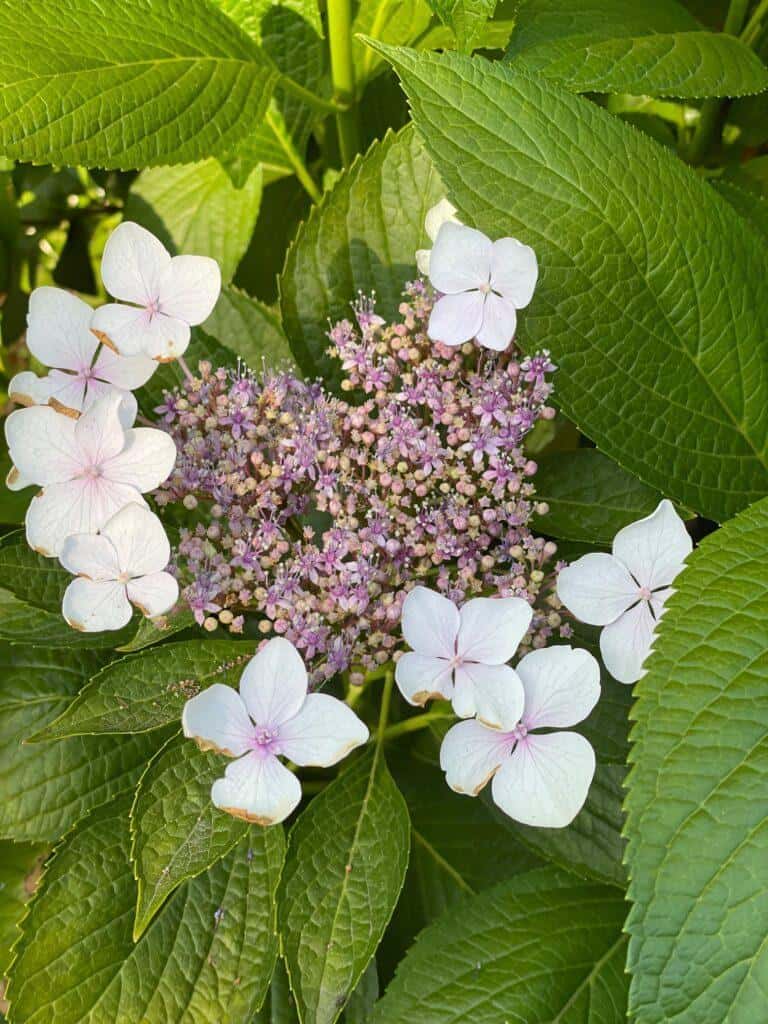
Almost identical to mophead hydrangeas, the only difference in lacecaps is the shape of their blooms. The center of this distinctive bloom is made up of little buds which are surrounded by larger blossoms around the outside.
Mountain Hydrangeas
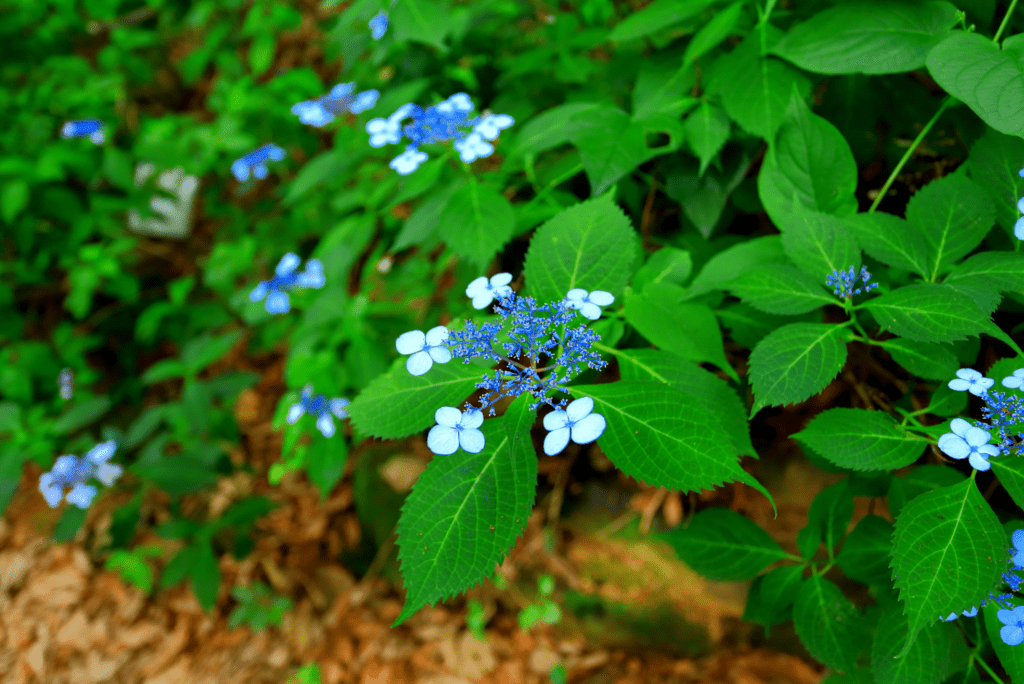
The least popular of the bigleaf types, mountain hydrangeas have much smaller flowers. They are, however, extremely hardy and can survive in harsh climates.
2. Panicle Hydrangeas
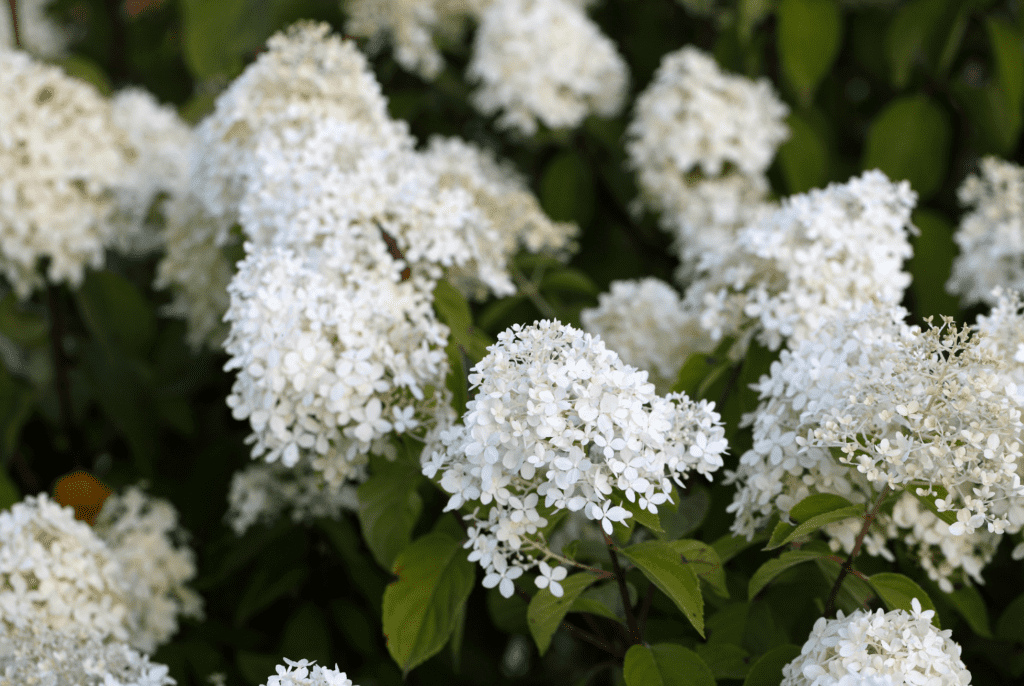
Panicle hydrangeas are the only type of hydrangeas that will form into trees. They are recognizable by their cone shaped blooms which often start out white and then turn pink. The leaves are smaller than those on mopheads, with finely toothed edges and a matte finish. Panicles are the most cold hardy hydrangea variety.
3. Smooth Hydrangeas
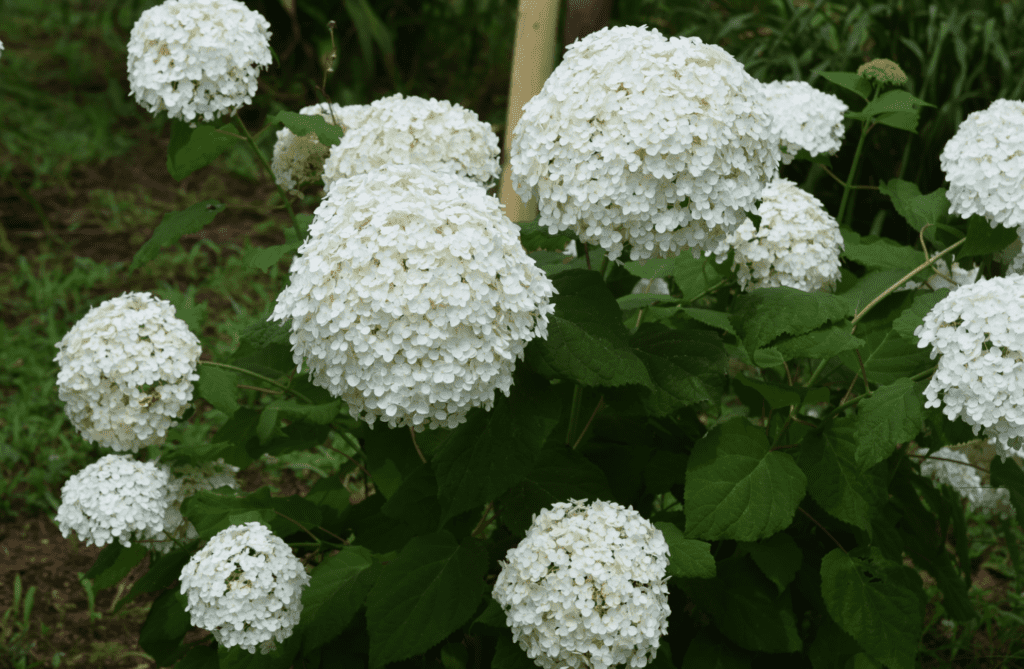
Smooth hydrangeas have a similar look to the popular mophead variety, with a few notable differences. The leaves are thinner and floppier, with a coarse texture and matte finish. The leaf stems are also longer and stronger for holding up their large blooms.
4. Oakleaf Hydrangeas
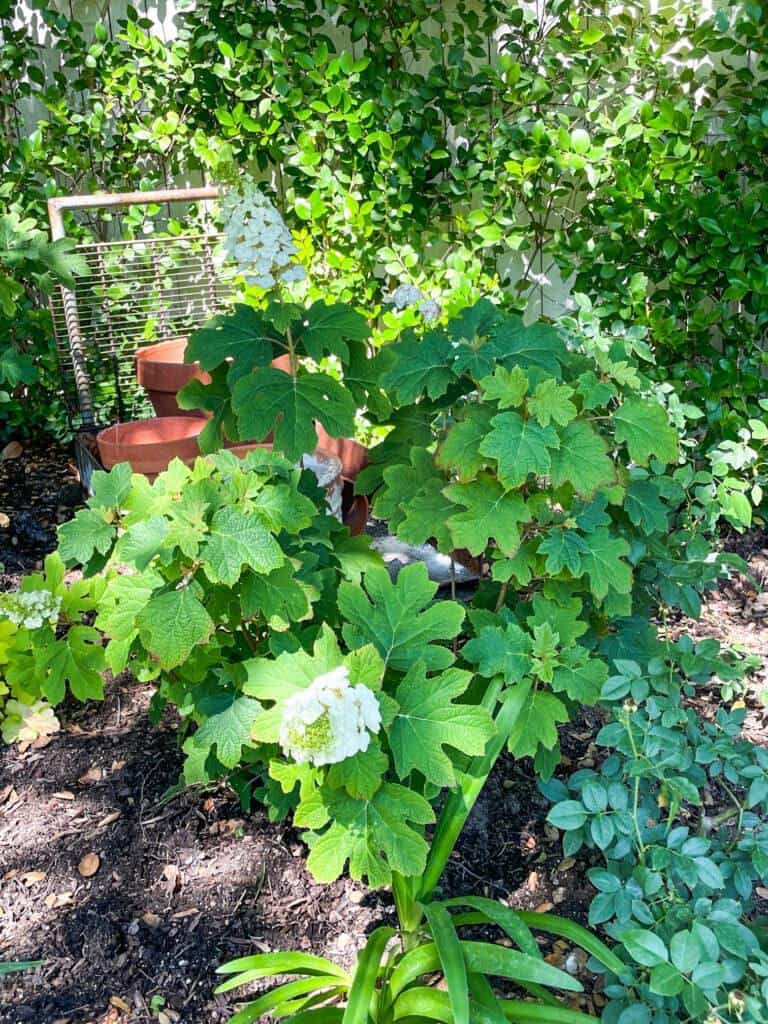
The leaves are the oakleaf hydrangea are its most distinctive feature, having a very similar appearance to the leaves of an oak tree, and will also change color in the fall. This variety often has white cone-shaped blooms.
5. Climbing Hydrangeas
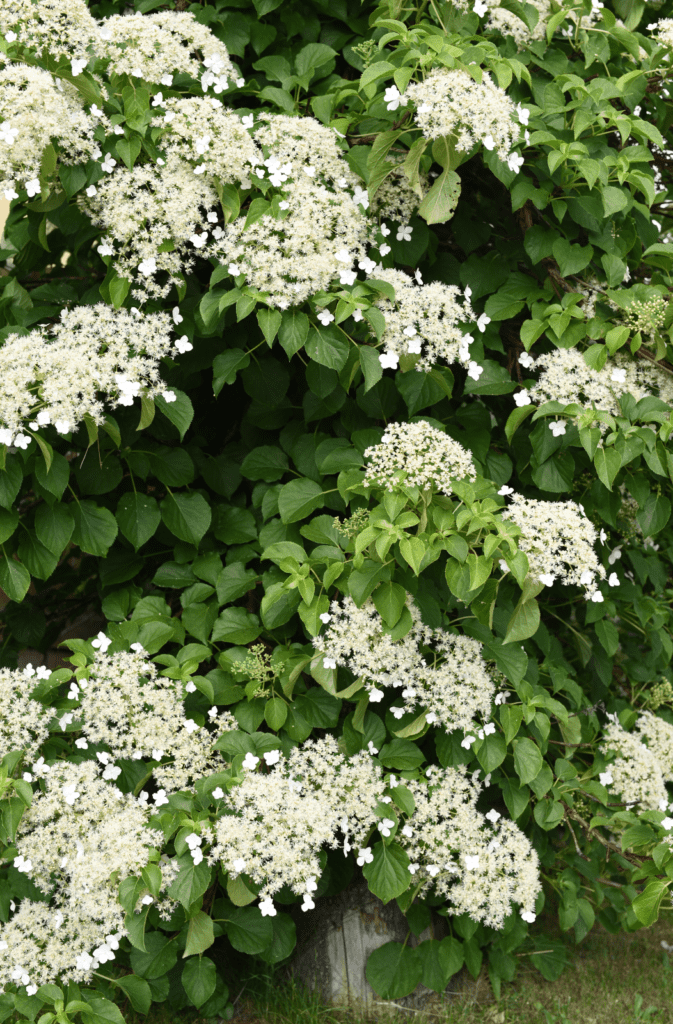
While most types of hydrangeas grow on a bush, climbing hydrangeas grow on a vine. This variety has large blooms and can grow up structures, reaching a length of up to 50 feet. Native to Asia, climbing hydrangeas are becoming increasingly popular due to their unique features.
What Climate is Best for Growing Hydrangeas?
Different types of hydrangeas grow best in different climates, but for the most part, hydrangeas do best in USDA Hardiness Zones 4 through 9.
You can determine your plant hardiness zone by using this interactive map or reference the map below.
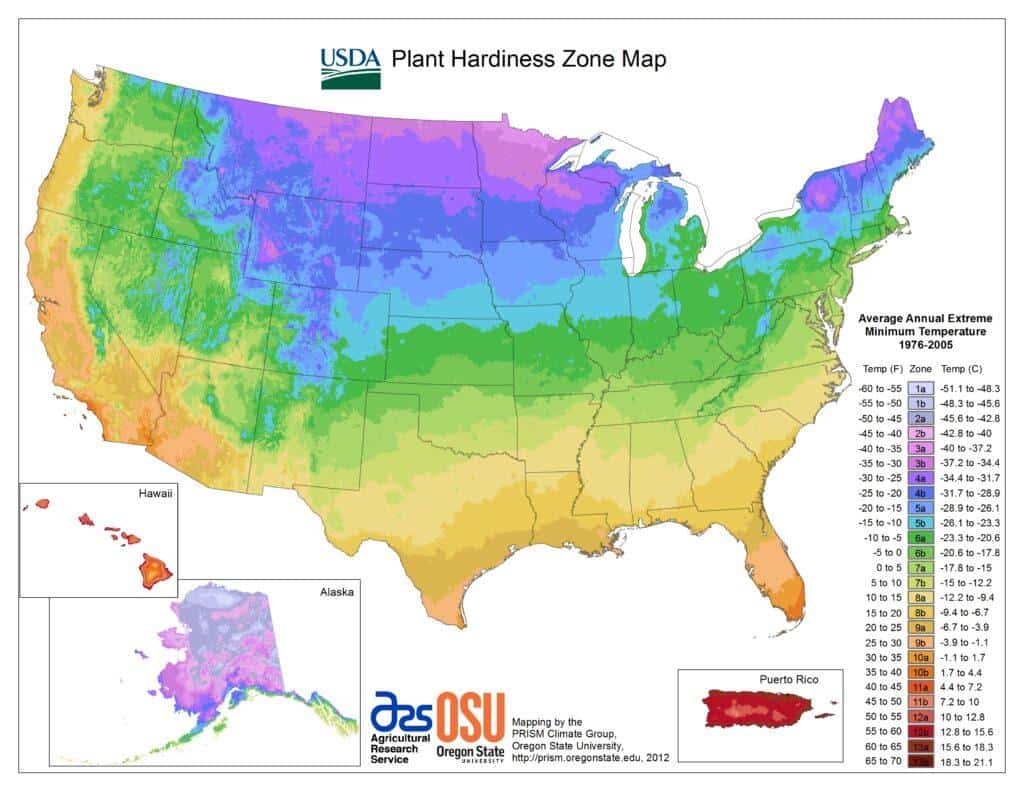
For information about the best hydrangeas to use in your climate and specific growing conditions, this gallery from Country Living does a great job of breaking it down.
The slides provide a ton of great info about which types of hydrangeas do well in full sun (panicle hydrangeas), which are best in shade (oakleaf hydrangeas), and those that thrive in cold climates, along with many other criteria you might be looking for when growing hydrangeas in your garden.
Planting and Caring for Hydrangeas
Once you’ve decided what type of hydrangea you’d like growing in your garden, you may be wondering about how to plant and care for them. Here you’ll find answers to some common questions about planting and caring for hydrangeas to get you started.
What kind of soil do hydrangeas like?
Soil should be fertile, hold moisture well, and be well-draining. Hydrangeas can grow in either acidic or alkaine soils, but this can influence the color of your blooms.
How can you change the color of hydrangea blooms?
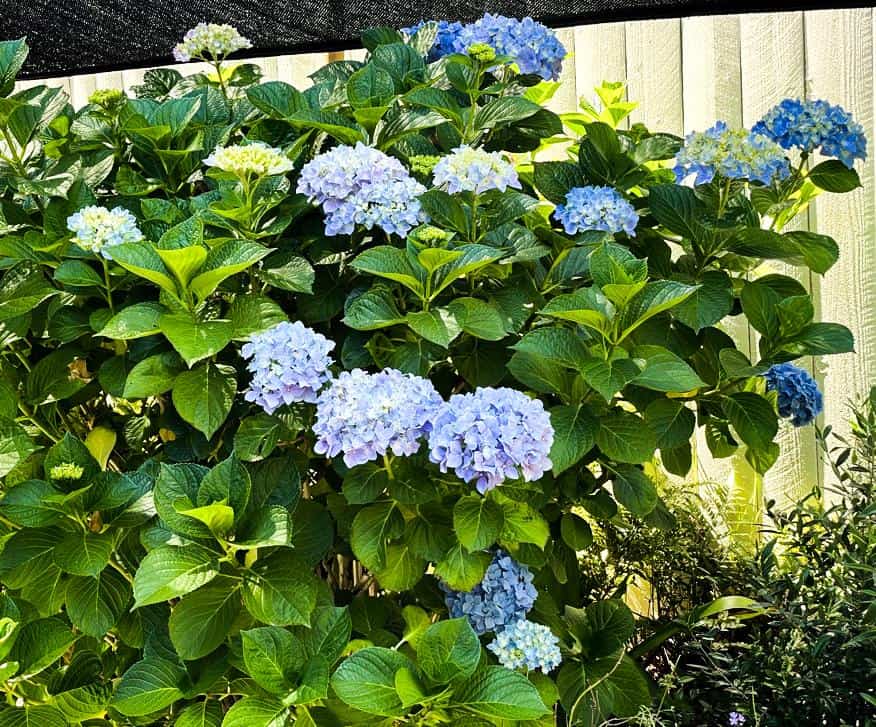
In bigleaf hydrangeas, you can change the color of your blooms by adjusting the pH of the soil. To turn pink flowers blue, the soil needs to be amended to be more acidic. To turn blue flowers pink, the soil needs to be amended to be more alkaline. There are various amendments you can add to your soil to change the pH.
To find out more about this process, check out this article all about what soil is best for hydrangeas from Gardener Report.
Do hydrangeas come back every year?
Yes, hydrangeas are perennials, meaning they will come back every year. If you live in a harsh winter climate, be sure to choose a hardy variety to ensure your hydrangeas survive the winter.
When do hydrangeas bloom?
One of the reasons why hydrangeas are so popular is due to their long and showy blooming period. This can vary depending on the variety and your climate, but most will flower from early spring all the way into fall.
How do you prune a hydrangea?
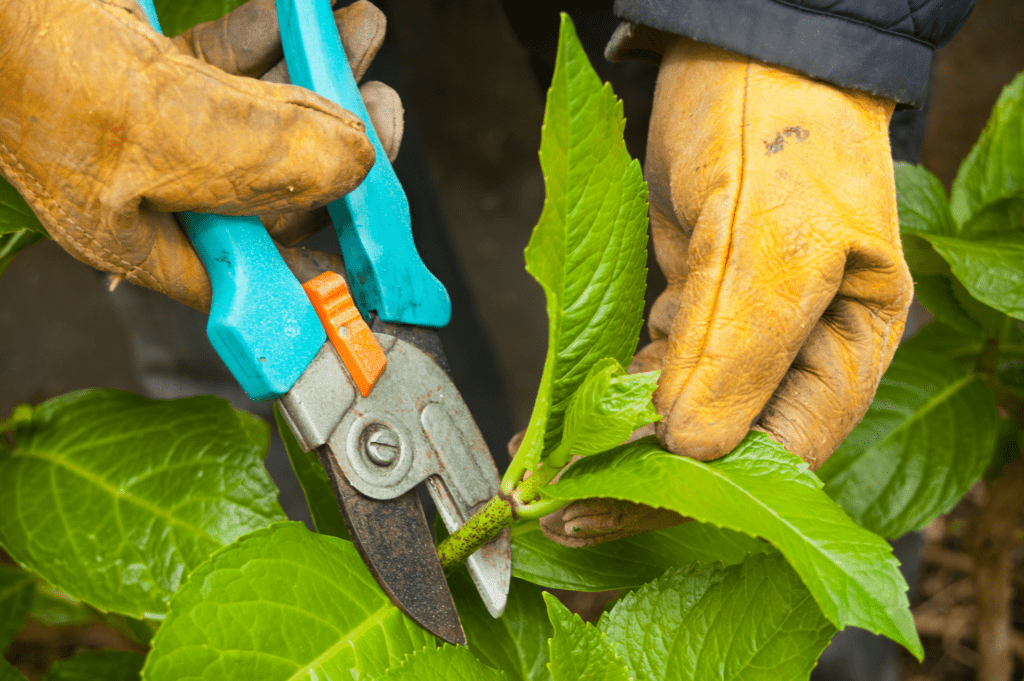
First, you need to know what type of hydrangea you have as there are different pruning methods for different types of hydrangeas.
- Mophead and lacecap hydrangeas: These varieties bloom on old wood, so they should be pruned in late winter or early spring. Cut back the old flower heads to just above a pair of healthy buds. You can also remove any dead, diseased, or crossing branches.
- Panicle hydrangeas: These varieties bloom on new wood, so they can be pruned in late fall, winter, or early spring. Cut back the stems by one-third to one-half, cutting just above a node. You can also remove any weak or spindly branches.
- Tree hydrangeas: These varieties can be pruned in late winter or early spring. Cut back the old flower heads to just above a pair of healthy buds. You can also remove any dead, diseased, or crossing branches.
- Smooth hydrangeas: These varieties are relatively easy to care for and do not require much pruning. However, you can remove any dead, diseased, or crossing branches in late winter or early spring.
No matter which variety of hydrangea you have, it is important to use sharp pruning shears or secateurs to make clean cuts. This will help to prevent the spread of disease. You should also wear gloves to protect your hands from the thorns.
With proper pruning, your hydrangeas will be healthy and beautiful for many years to come.
Here are some additional tips for pruning hydrangeas:
Additional tips for pruning hydrangeas
- Prune on a cloudy day to prevent the sun from drying out the cut stems.
- Water your hydrangeas well after pruning.
- Fertilize your hydrangeas in the spring to encourage new growth.
I hope these tips help you to prune your hydrangeas properly.
If you liked my guide on Everything You Need to Know About Growing Hydrangeas, be sure to check out my Ten Tips for Beautiful Roses.





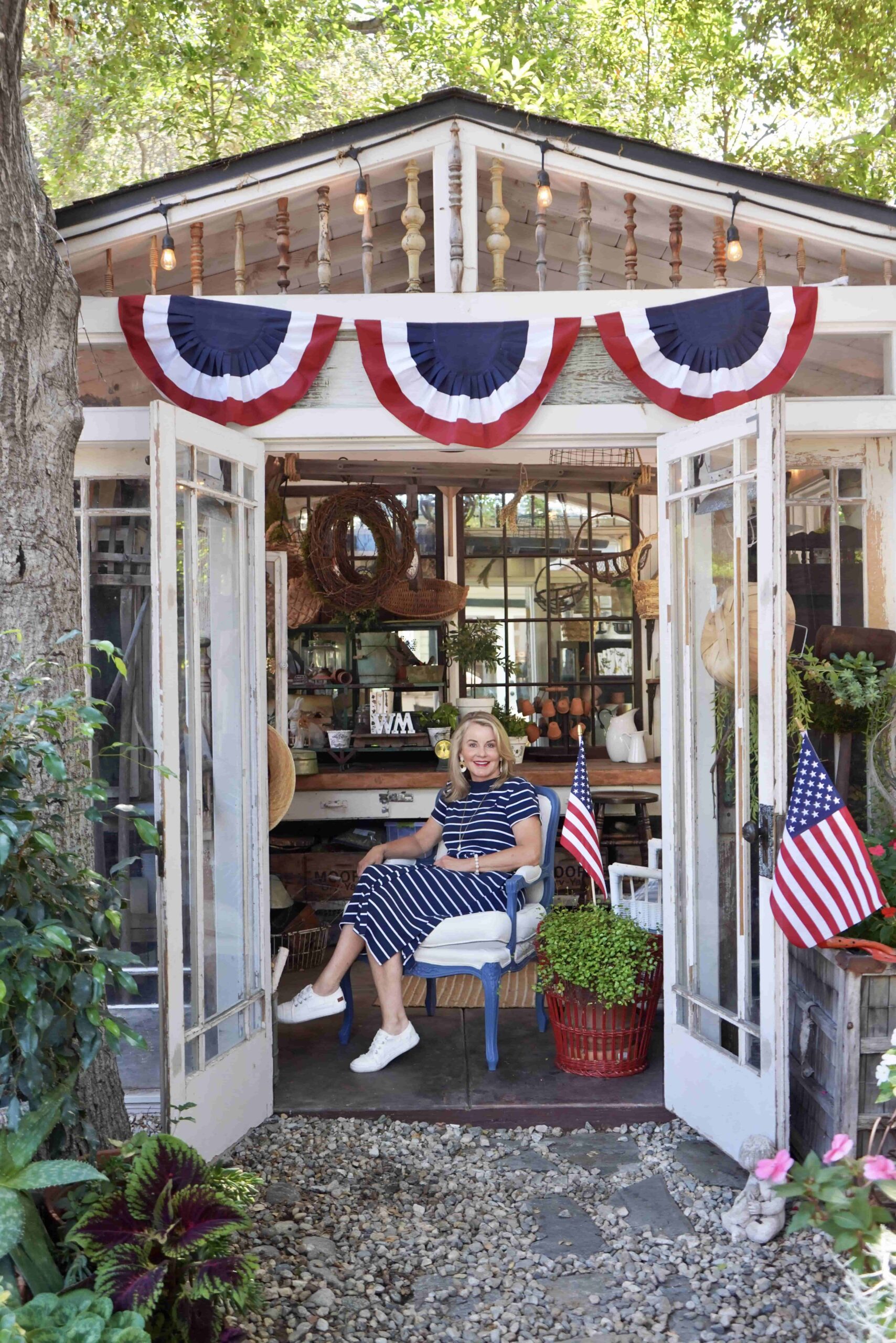
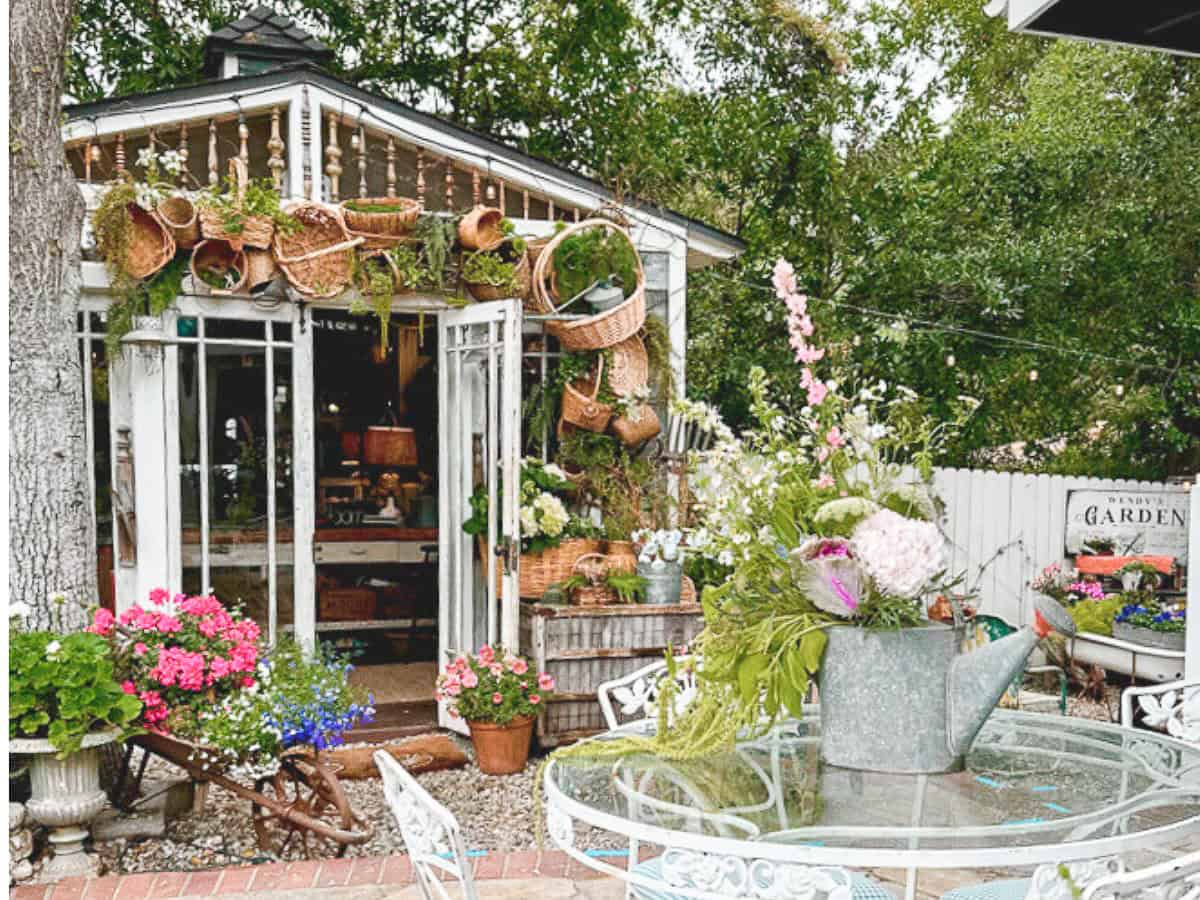
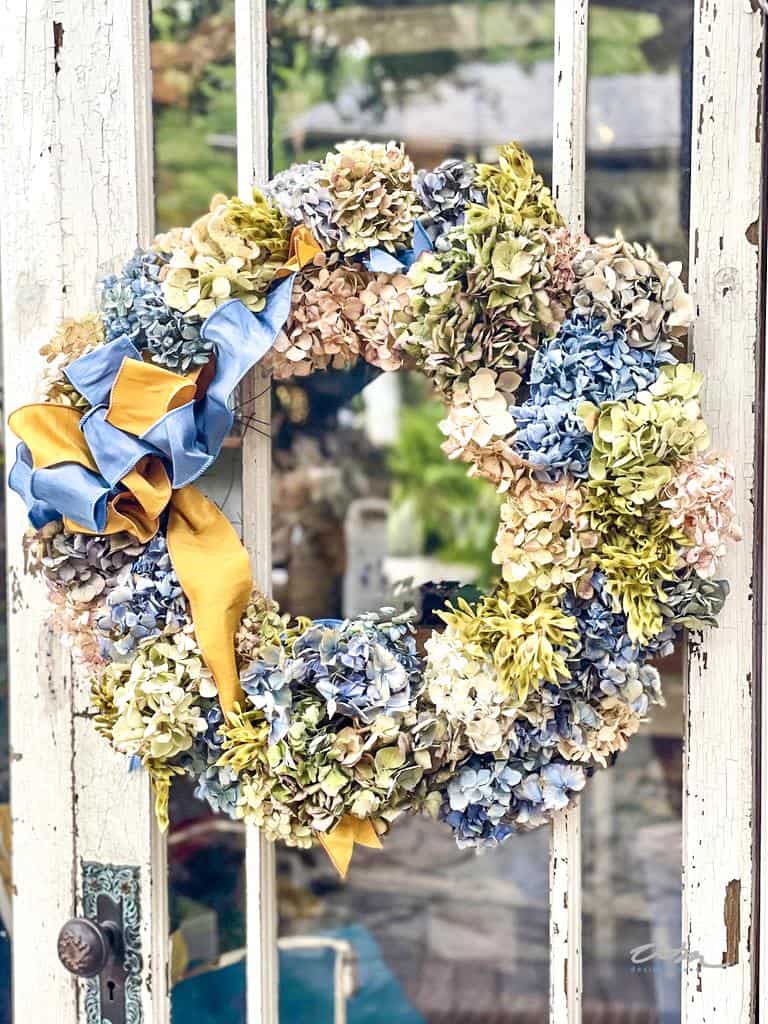
Will they re bloom again in a season.
Mine are endless Summer.
We are dry in Delaware, with no source to water them.
They are loaded with large spent bloom bent down.
I guess I will cut spent blooms. Yes?
Will they bloom.against n this season?
Hreat article. Is there anyway I can keep deer from eating my hydrangeas?
Hi Michelle. Have you tried putting a barrier around the Hydrangea bush, deer netting, or a small plastic fence? I know it is a nuisance, but honestly, it is the best way to keep deer out. There are sprays and ultrasonic items you can try as well. I do not have deer where we live, so I do not face this issue. They are beautiful creatures, but not when they are eating our plants.
Thanks for this article, Wendy. I have a spot in our yard for hydrangeas and I think they are big leaf. I almost always goof up on the pruning! One of these years I will get it right! Pinned! ?
I am so glad you found the post to be informative. Hydrangeas are one of my favorite plants to grow.
Thank you for sharing, Wendy. The previous homeowners planted hydrangeas in our yard. I love them but have never really known how to care for them. This is so helpful. I’m also going to share a link to your tips and tricks with my readers this weekend for my weekly recap post.
I hope you have a happy 4th!
Thank you so much, Jen. I hope it was helpful. I also find they love baking soda, just throw a few teaspoons in a bucket of water and throw it on the plant. One other trick, when you cut them to bring in the house, cut the end on an angle with a knife and dip the end in allium before putting them in water.r
Just the information I needed for my new Summer Crush Hydrangeas! Thank you so much!
Yeah,I am always happy to supply you with gardening tips. I hope your summer is not as warm as ours is going to be. Ugh! I really hate the heat.
Great post Wendy! Here in NY our hydrangeas grow all season and tend to flower in the fall. Great tips on how to care for them!
Thank you so much Susan. I guess with your cooler weather it takes them longer to come up. Enjoy them when they arrive. Mine will be long gone by then, so I will enjoy yours.